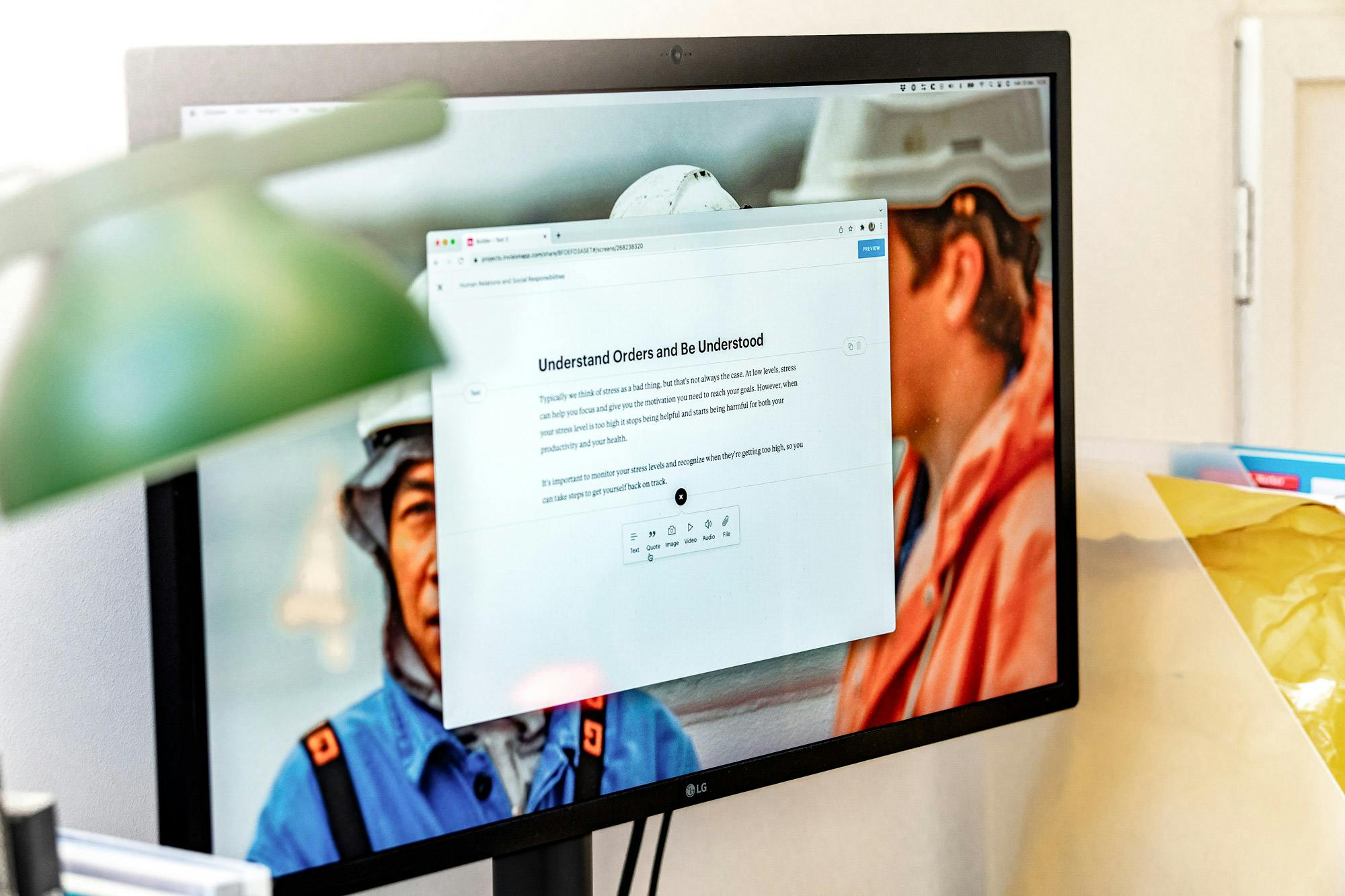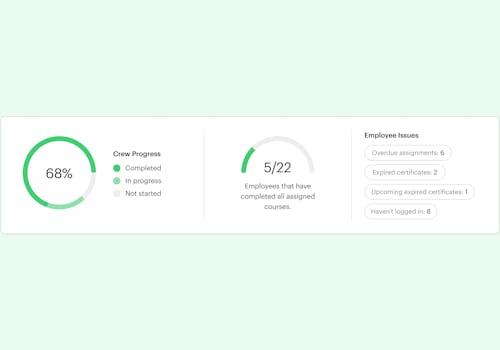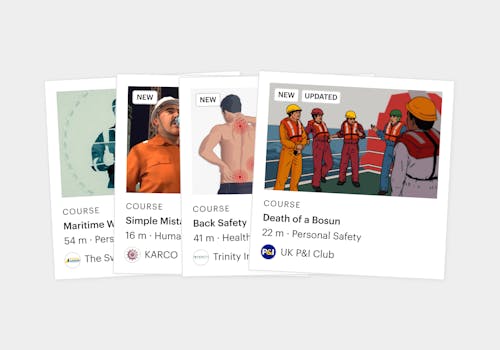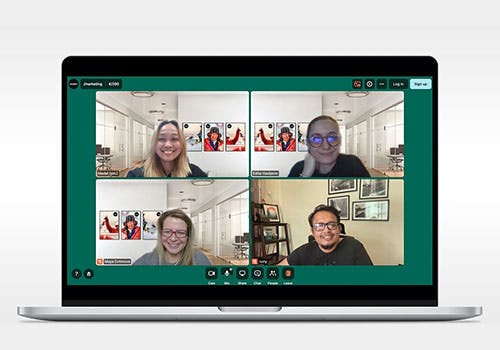In this guide, we will talk about how web 2.0 principles can be the difference between a flat, one-sided learning experience and an engaging learning product.
Online learning has many negative connotations in the modern world. Old prejudices lie hard upon the utility and functions of distance learning, with traditionalists pointing to a classroom setting, teacher-led learning as more desirable.
Most point to the correspondence courses of the 1970s and 1980s and equate digital learning to that flat, joyless pack of learning materials, only now packaged as webpages and equate one to the other. While this may have been the case some ten years ago, online learning has come so much further, and more modern techniques embedded into the fabric of learning can enhance the courses you design as well as engage learners in a way that even traditional classroom learning will struggle to achieve.
A note on some terminology before we go further. We will be discussing Web 2.0 and the integration of social, peer-to-peer learning. Web 2.0 refers not to a new way the internet works, more to a shift in the way it is used. User-driven content, engagement from viewers (like, share, subscribe), and the ability to connect and socialise across the world has become the new standard for the way the internet is consumed.
Examples of Web 2.0 Principles Used in Education Materials
The integration of Web 2.0 principles into education materials is what will make the difference between a flat, one-sided learning experience and an engaging product that will not only transfer more knowledge but also encourage learners to revisit your materials for future learning. This then leads to a state where you have created a learning community, where engagement with you and the materials becomes eponymous in the minds of the learners, and they will approach the learning not as a chore but as an engaging experience that they can then interact with and learn in a more natural way.
The Controversial ‘Nationality and Boarders Bill’ Explained – Copyright TLDR News.
A good case study for this is the news media outlet, TLDR News. While not an education platform per se, they have used similar engagement principles of Web 2.0 to drive interest and engagement in politics and current affairs at a time when media scepticism is at an all-time high. This has been achieved by some clever engagement techniques and a simple yet effective style that engages the viewer and actively encourages participation and engagement.
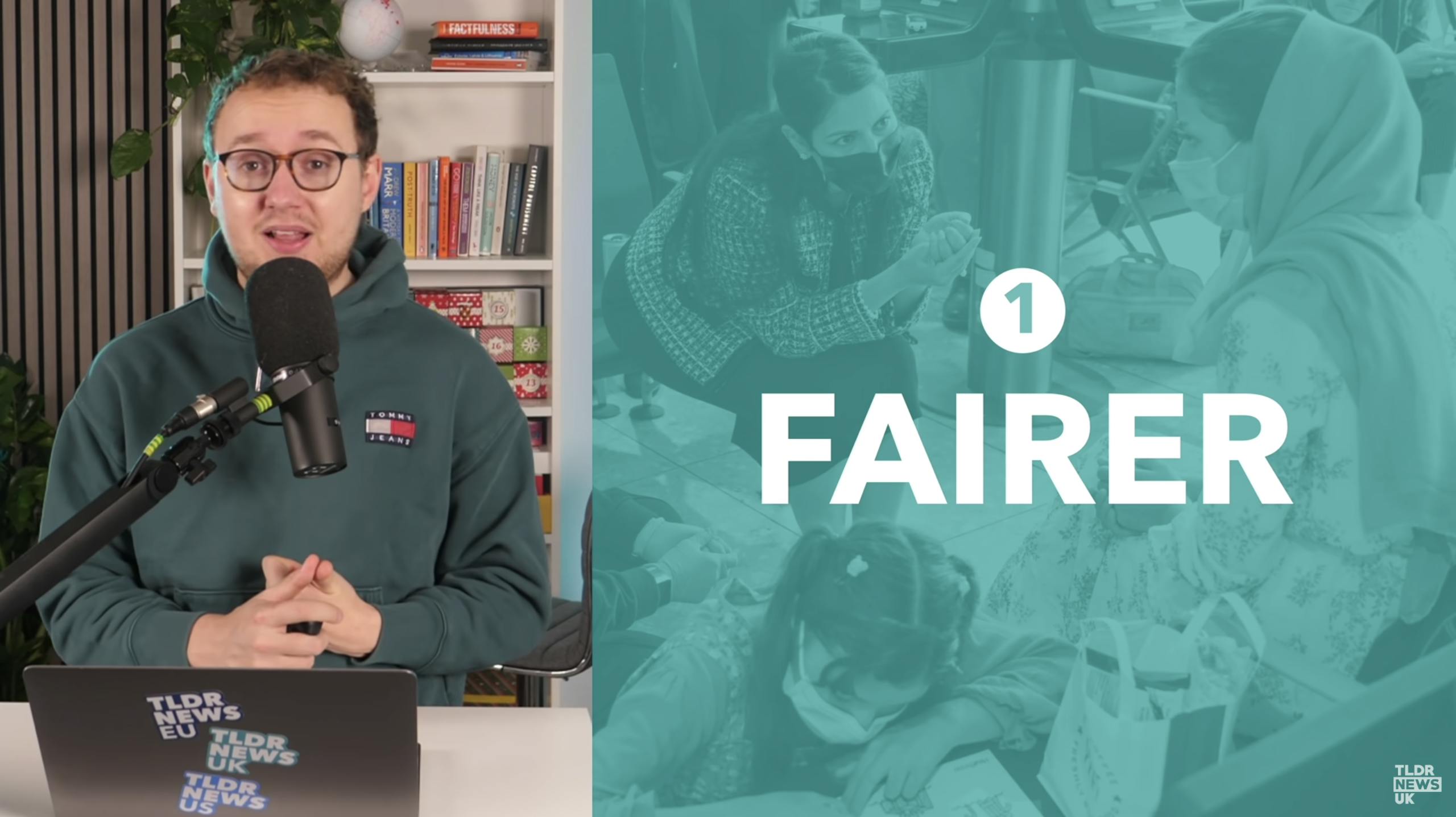
Example of how TLDR News combines simple graphic elements, with excellent knowledge resulting in clear presentations – Copyright TLDR News.
TLDR News uses very simple graphic elements that are easily created in desktop presentation software programmes (PowerPoint) and combines this with excellent knowledge and clear presentation. From a digital learning standpoint, this is perfect for the transference of information, and the addition of a person really focuses the learner’s attention as we as humans are programmed socially to engage with other humans. The clever integration of the Web 2.0 principles, though, comes with the way each video ends.
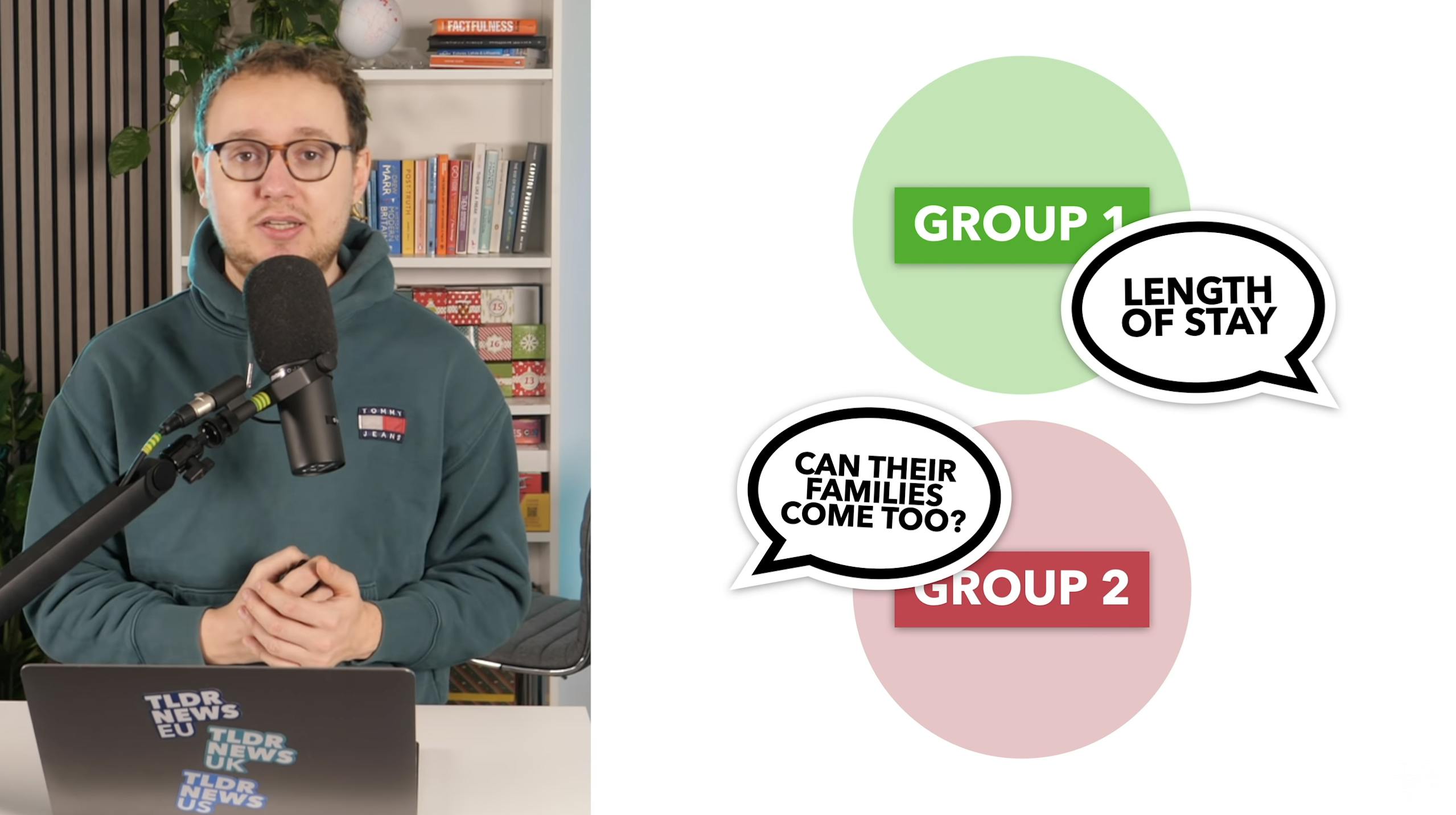
Encouraging participation and growing a learning community is a simple and effective tool to promote engagement with digital learning – Copyright TLDR News.
Designed to Create External Engagement
Each segment produced ends with the presenter asking for the opinions and comments of the watchers to be submitted. This is asked for across multiple social platforms to drive engagement with the team. While providing free cross-platform marketing is one goal of this, there is also the added benefit of driving a community feel to the watching of the news segment, as commenting and subsequent discussion of the topics leads to repeat viewings and wider participation and engagement. This has led the small start-up news channel to have over 500,000 subscribers and engagement numbers in the millions for single-topic videos.
Encouraging participation and growing a learning community is a simple and effective tool to promote engagement with digital learning and increase your participation and completion rates. It is also a means of encouraging future participation with learning materials and ensuring that your courses continue to be successful in the future. By using some of the same Web 2.0 techniques, you can drive participation and engagement with your education materials and enhance both the user experience and your returns through the marketplace.
The ways of creating external engagement within a learning course are limited only by your ability to engage with those learners. Twitter, as an example, can be an excellent medium for conversation and engagement, so you may wish to add in a Twitter handle or hashtag for your participants to ask questions or comment on the course. You will then be expected to respond and engage and thus promote the conversation and drive engagement in that way. This is a very open and public forum and will require careful management and curation to ensure that positive growth and engagement is always maintained.
The major advantage of taking this approach to education is that it fits into marketing and business approaches to education without increasing expenditure or applying more aggressive marketing strategies. This comes not at the expense of the learning but enhances it as the education continues after the course with discussion and engagement with the course developer and others that have completed the learning. This then translates to increased participation and increased interest in future courses due to this learning community that has been created.
